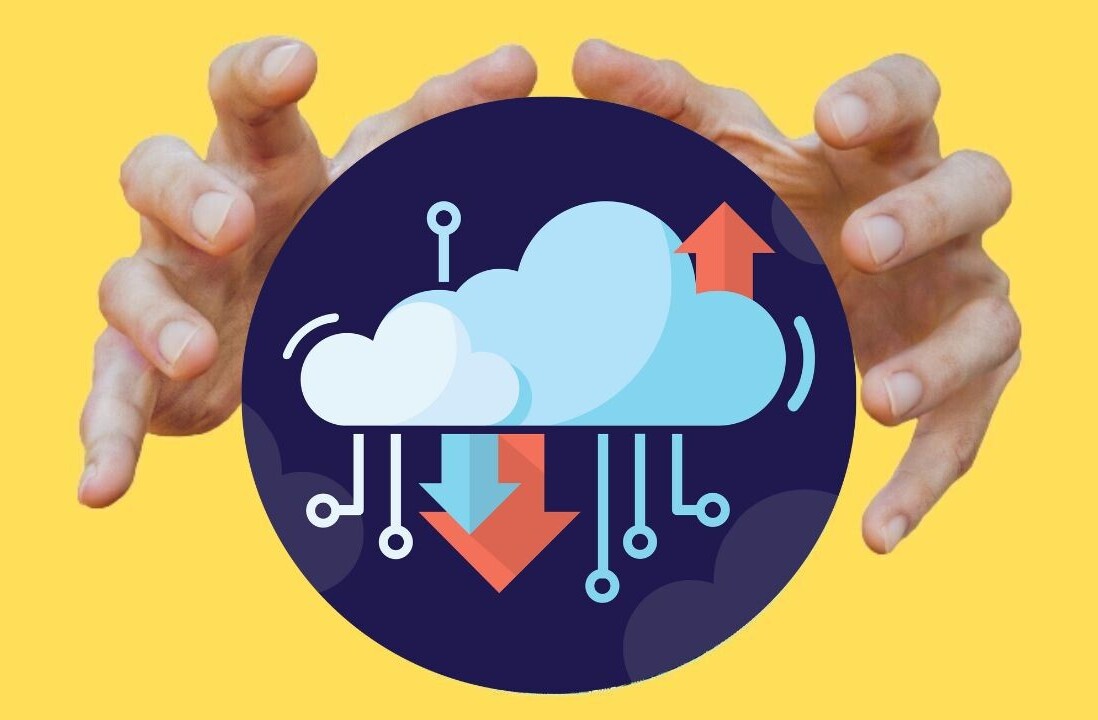
If you take a morning shower at the voco Brussels City North hotel, the water that you see trickling down the drain as you wash your hair might visit you again later — when you flush the toilet in the evening.
However, before that shower water returns to swirl around your toilet bowl and dash, at last, towards the city’s sewers, it will go through a special treatment process enabled by a chain of fridge-like machines in the hotel’s basement.
“Every time you flush your toilet, you actually import six to nine litres [of water] into your building,” says Sabine Stuiver, co-founder and chief marketing officer of Hydraloop, as she explains the virtues of the alternative. That would be greywater — wastewater from showers, sinks and baths that can be treated and then used to, for example, flush a toilet.
Hydraloop has raised €16 million to date and has 43 employees. Thanks to its machines, water from 58 hotel rooms at the voco hotel is now diverted for toilet flushing there and also at a nearby innovation centre.
The race for water
A UN report published in March estimated that the number of people facing water scarcity each day worldwide will likely double by 2050, reaching somewhere between 1.7 and 2.4 billion.
“It sounds like a long time away but it is not,” says Stuiver. “We have to change. We have to recycle, reduce, and reuse water as many times as possible.”
Water scarcity problems have plagued Europe in recent years — the continent is experiencing a multi-year drought. Even now, in the winter, Barcelona, for example, has had to raise water bills just to cope with demand for desalinated and purified water, given the lack of rainfall.
Startups such as Hydraloop argue we could be doing a lot more to preserve the water we use at home and in commercial buildings. Technology, they say, is coming to the rescue.
To treat greywater, Hydraloop puts it through a six-stage process that involves sedimentation, for instance, in which solids sink to the bottom of a tank for removal. There is also UV disinfection, which uses light to kill pathogens, and biological treatment. A foam can also extract fine traces of soap and solids, explains Stuiver.
“We inject billions of air bubbles of a certain size and the suspended solids actually stick to the air bubbles,” she says. “They move upwards with the dirt on their skin, so to speak.”
Harsh chemicals such as bleach, however, can harm the biological aspect of the treatment process so the company advises people not to use these.
Saving water and energy
Hydraloop has three different-sized units, with the Hydraloop 300 being suitable for individual family homes, for example. Their most recent product, Hydraloop concealed, is a more compact device that the company can retrofit into an existing bathroom. It takes the form of a large panel fixed to the wall behind a toilet.
Stuiver notes that EU regulations prevent treated greywater from being used as drinkable water, though she says Hydraloop’s systems are so effective that the reclaimed water they produce is extremely safe. She has tasted it herself, she adds.
One additional benefit is that the reclaimed water remains relatively warm — around room temperature, or 20C. Besides toilet flushing, this water can also be used in a washing machine, meaning the machine doesn’t have to expend as much energy to heat up the water as it does when using fresh cold tap water.
That could achieve 600 kWh of energy savings across a year in a family home, suggests Stuiver. Since the 300 unit requires around 200 kWh each year to run, this could amount to a net energy saving for the occupants.
Hydraloop is getting close to its thousandth installation and the firm has expanded with the help of partner networks to more than 50 countries.
Waterless toilets
“We definitely should be doing more with greywater overall,” says Vanessa Speight, an expert in drinking water quality at the University of Sheffield. “The question really is, at what scale does that make the most sense?”
She points out that it might be more efficient to have greywater recycling systems at the street or district level, since they could process water from multiple properties at once. The only problem with that, however, is how to separate out greywater from the more highly contaminated water flushed down people’s toilets, which currently gets mixed together with all wastewater in sewers. Speight suggests waterless toilets could help solve that issue.
For now, water recycling systems focused on individual buildings or facilities, where they can intervene directly with existing drainage systems, might be the easiest to install. However, these may still be of a significant size. FGWRS, a Monaco-based startup, is currently developing 10,000 litre greywater treatment systems for commercial installations.
Matthieu Louppe, director, says key target customers include laundromat businesses, hotels, and swimming pools. The company, which has nine employees and has so far raised €2 million, installed its system at the Jean Bouin tennis courts in Paris.
“We supervise all the machines with a cloud system, we know exactly what’s going on,” says Louppe, as he describes how they constantly monitor the membrane-based treatment process. The membranes occasionally require cleaning to de-clog them but this can be handled remotely.
Lack of funding despite plenty of interest
In Sweden, Graytec has developed technology for recycling water from baths, showers, and sinks. Founder Per Ericson says that the firm’s treatment process, which relies in part on filtration and separation of solids from liquids, produces water that he says would be safe enough to use again in those same showers and baths.
Graytec has carried out a few installations to date but Ericson says he is struggling to find funding. “This is the biggest problem I’m facing,” he says. “There’s a lot of interest but very little movement.” The government has awarded the company a grant worth around €500,000. Its sole employee is Ericson.
Another way to save water would be to crack down on leaks. A few drips from an old pipe or tap might not seem like much but it can add up to billions of litres across multiple properties.
Leak hunters
Patrick Franken, co-founder of Lisios, based in Germany, got the idea for his startup after leaks kept causing damage in the apartment building where he lives. He and his co-founder, an engineer, soon came up with a device that straps on to metal household water pipes. The gadget monitors temperature and sounds that travel along these pipes, then feeds this data to an algorithm.
“This algorithm detects anomalies, which are, in our case, leakages,” says Franken. “We can also measure the water flow, the water consumption.” Lisios has received a government grant of around €220,000 and has a team of five people.
The tech is still in development, though Franken says Lisios currently has 20 prototype devices deployed for testing in residential properties, with 70 more to be installed in the coming months, with the aim of gathering yet more data.
To add value and perhaps differentiate Lisios from existing leak-detection technologies, Franken says an app designed to accompany the pipe-monitoring device will estimate how much water homeowners use for showering versus using their washing machine, for example. It will also dispense advice for how to cut down on water consumption.
There are low-tech ways of preserving water, including by simply being more careful about how much you use, or by capturing rainwater and using that in your garden instead of tap water. But high-tech interventions could help make water conservation appealing, suggests Speight.
“If that is what it takes, because someone has geeked out about their tap, then I’m all for it,” she says.
Get the TNW newsletter
Get the most important tech news in your inbox each week.




